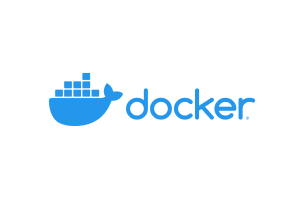.png)
Stripe is a leading online payment processing platform that enables businesses to accept and manage transactions seamlessly. Enterprise companies benefit from using Stripe due to its ease of integration, secure payment infrastructure, and robust APIs that allow for customization and scalability. By adopting Stripe, large organizations can streamline their payment processes, reduce fraud, and improve overall customer experiences.
Tableau is a powerful data visualization and business intelligence (BI) tool used by enterprise companies to analyze and display vast amounts of data in an easily understandable format. With Tableau, organizations can make better-informed decisions by leveraging data-driven insights. Its intuitive interface and extensive capabilities enable users to create interactive and shareable dashboards, while its robust integrations with various data sources facilitate seamless data analysis within the platform.
Linking Stripe with Tableau enhances your data management by automating workflows and removing tedious manual tasks. To achieve a seamless connection, follow these steps:
This connection delivers up-to-the-minute analytics, minimizes manual effort, and offers a comprehensive view of your data across both systems.
Request a quote, and we'll follow up with you shortly
Improvado makes linking Stripe to Tableau effortless—no coding required and all the technical heavy lifting taken care of. Here’s what you get with our platform:
Bypassing custom builds, Improvado cuts implementation from weeks down to days and guarantees smooth, uninterrupted data transfer.
Integrating Stripe with Tableau unleashes transformative analytics and streamlines business workflows. Key benefits include:
Most companies realize a return on investment in just three months, driven by a 75% decrease in reporting durations and a fivefold acceleration in uncovering actionable insights.
Trusted by the leading data-driven companies, Improvado is an advanced marketing analytics providing businesses with fully automated no-code data pipelines: from data to insights.
.png)




.png)
.png)






.png)
.png)






.png)
.png)


.png)
